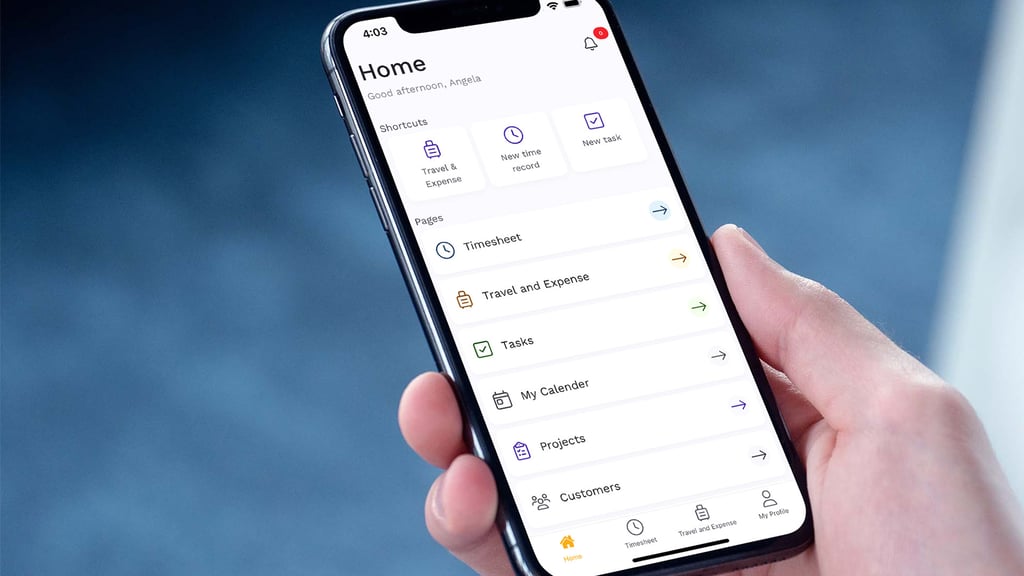Project pricing model: Fixed price or an hourly rate
How conscious are you in choosing the pricing model for the projects? Whether you choose to have a fixed price or an hourly price in the project actually does affect profitability. Therefore, it is important to carefully think about which pricing model you should choose.
In this blog post, we will explain in more detail how your price model choice affects the way you work, and how it has an impact on the profitability of the projects.
Fixed price model: The focus is on the result
In several industries, it is becoming increasingly common to work according to a fixed price, and there are good reasons for that. Fixed prices for projects affect the awareness of how you work, both internally and with the customer. With a fixed price, the focus is on the result of the project, and you decide for yourself how you spend your hours to get there.
A fixed price provides authority
With a base price (fixed price), you and your team have the responsibility and authority to take the measures you need to carry out the project as efficiently as possible.
Suppose you need to make efficiency measures in the company, such as system changes or employee training. In that case, you can spend time on this without the customer caring about how the hours have been spent directly on production in the project.
Would you like to learn how to improve the profitability of your projects? Download our guide with Tips for better project profitability.
Hourly pricing increases the risk of discussions about the work
If the project's price is based on hourly consumption, the risk increases of ending up in discussions with the customer about how you work. Even if efficiency measures in the company benefit all customers (because it makes you work smarter and use fewer hours), customers rarely want to pay for the hours spent on this. In other words: The customer would like to benefit from the effect of the measures but not pay for it themselves.
Customers do not want to be billed for efficiency improvement measures
Disagreement about how you spend the time is a breach of the client's expectations of the project, and the discussions can lead to dissatisfaction. It is time-consuming to sit in discussions with the customer about whether you have spent too much time on a task, or whether they can be invoiced for hours spent on skill development.
Such discussions will also strain your employees if they have to spend time getting the customer to accept the work they plan to do.
Analyse the profitability of your different pricing models
Are you wondering which pricing model is the most profitable for your projects? In Moment, we have developed Moment Analytics, a powerful analysis tool that allows you to find the actual data on this. You can read more about Moment Analytics here. You can also book a meeting with us if you want a demo and be a trial user of the tool.


